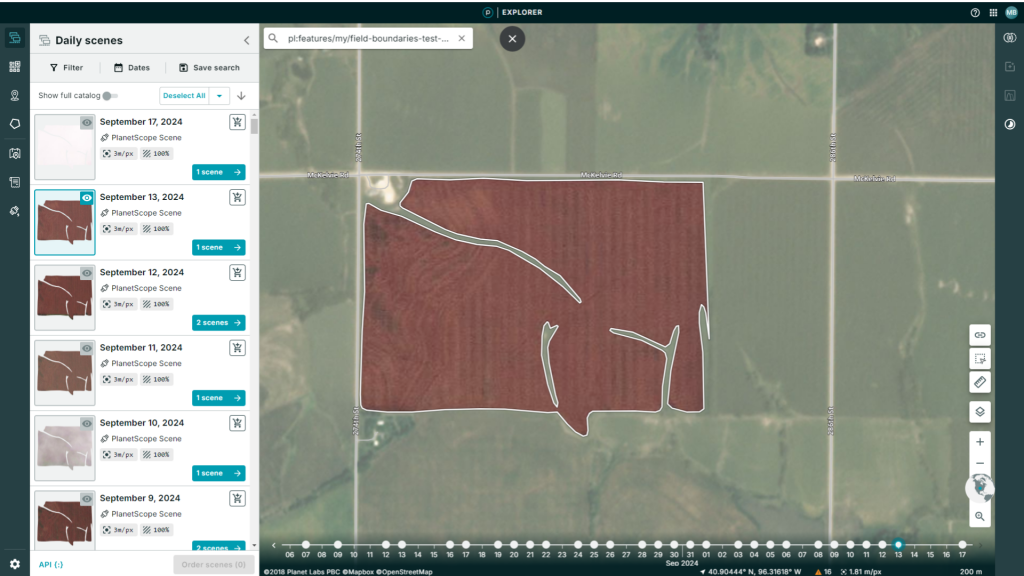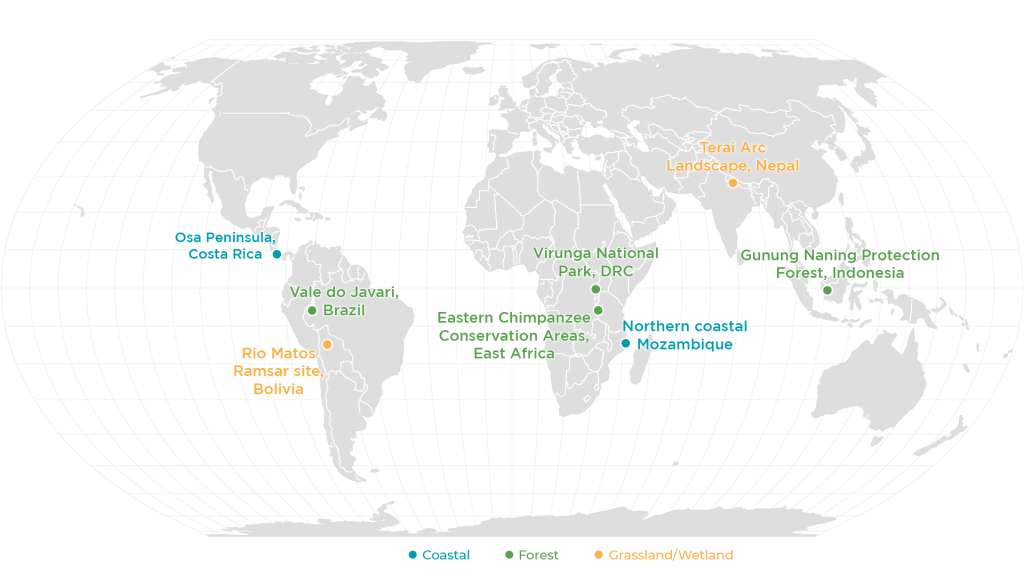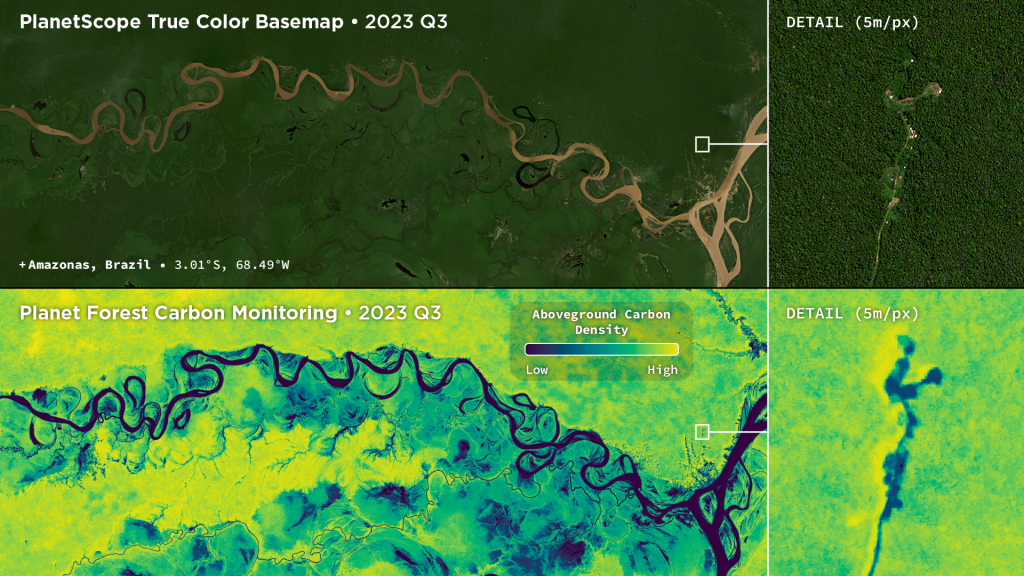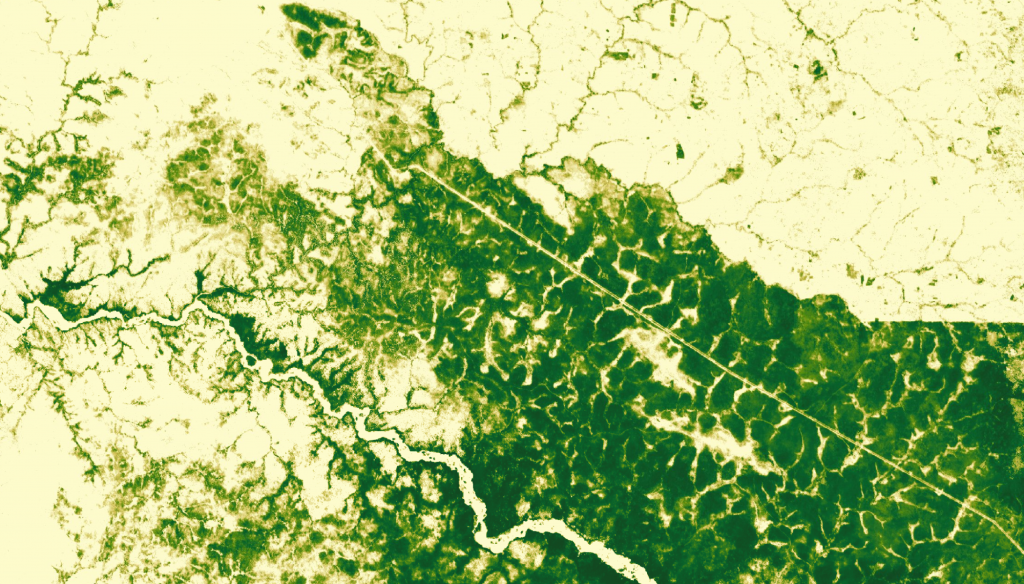Agile EO Webinar: Data Storage and Streaming on Planet Insights Platform
Learn how to migrate your workflows to the cloud, create custom visualizations, and stream data with OGC services — watch our webinar to learn more.
Planet has revolutionized the way geospatial professionals monitor changes on Earth. But as the volume of satellite data grows, so does the need for streamlined access, storage, and analysis. That’s where our latest updates come in — transforming the way you interact with and manage massive datasets, all while making the experience faster, more efficient, and more integrated with the tools you already use.
In a recent Agile EO webinar, Matt Ballard, Technical Marketing Manager, and Asa Strong, Senior Product Manager, walked us through exciting new features designed specifically to improve how you manage and integrate Earth observation data into your workflows. If you missed it, here’s a recap of what’s new and how it can help you unlock more value.
Streamlined Data Access
Planet Explorer has always been the go-to web application for searching and ordering imagery from our extensive PlanetScope and SkySat catalogs. However, downloading large volumes of data for local storage is a challenge, especially when dealing with daily updates.
With our new Imagery Collection feature, you can now have the data you’ve ordered delivered straight to cloud image collections — no more local downloads needed. Not only does this save you storage space, but it also gives you direct access to datasets stored in the cloud, ready for use in your software of choice through OGC services.
The benefit? You can now focus more on analysis and less on data wrangling. The days of manually handling terabytes of satellite data are over — our platform stores, organizes, and streams the data to your tools, whether it’s ArcGIS, QGIS, or Mapbox.
Key Updates to Planet Explorer: Bringing AOIs to Life

New saved Area-of-Interest search tool in Planet Explorer.
One of the standout features introduced during the webinar was the improved Areas of Interest (AOI) Management in Planet Explorer, demonstrated live by Asa Strong. Now, users can access saved AOIs directly within Planet Explorer, enabling easier searches for relevant data without needing to upload or recreate them each time.
AOIs can be shared across teams, stored in feature collections (folders for your AOIs), and reused for future searches. For example, Asa demonstrated (skip to 8:28 in the recording to watch) how uploading wildfire perimeter data as a feature collection immediately enabled him to search for imagery within those boundaries, significantly cutting down time to locate the necessary data.
These updates are especially valuable for organizations managing large or recurring AOIs, like city planners, agricultural firms, or disaster response teams. By reusing AOIs, teams can collaborate seamlessly, ensuring everyone is working from the same dataset without having to pass files back and forth.
Imagery at Your Fingertips With Cloud-Based Delivery

New delivery destination in Planet Explorer for cloud imagery collections.
In the past, users had to download datasets and store them locally. Now, you can deliver imagery directly into an imagery collection in the cloud, reducing infrastructure costs and streamlining access to data. Once data is ordered, it’s cataloged in the STAC (SpatioTemporal Asset Catalog) specification, enabling easy search and retrieval.
But the game-changing aspect? You can now configure OGC web services to stream this data directly into your analysis software, whether it’s ArcGIS Pro, QGIS, or Mapbox. Asa demonstrated how this allows users to visualize, analyze, and collaborate in real time, directly within their familiar geospatial platforms.
Imagine searching for imagery in Planet Explorer, ordering it into a cloud image collection, and instantly pulling that data into ArcGIS for interpretation — all in a few clicks. This kind of interoperability eliminates delays, allowing for faster, more agile decision-making.
A New Era of Efficient Imagery Management
In the ever-evolving field of satellite imagery, the need for more efficient ways to handle data is growing. These latest updates empower users to focus less on managing data and more on deriving insights.
By providing cloud-based storage, reusable AOIs, and easy integration with popular geospatial tools, Planet is streamlining your ability to access, visualize, and analyze imagery—unlocking faster decision-making and more precise outcomes.
If you haven’t had a chance to explore these new features yet, watch the full webinar to learn more and see the demonstration. If you’re new to Planet, test out our Sandbox Data Collections to better understand the capabilities.











